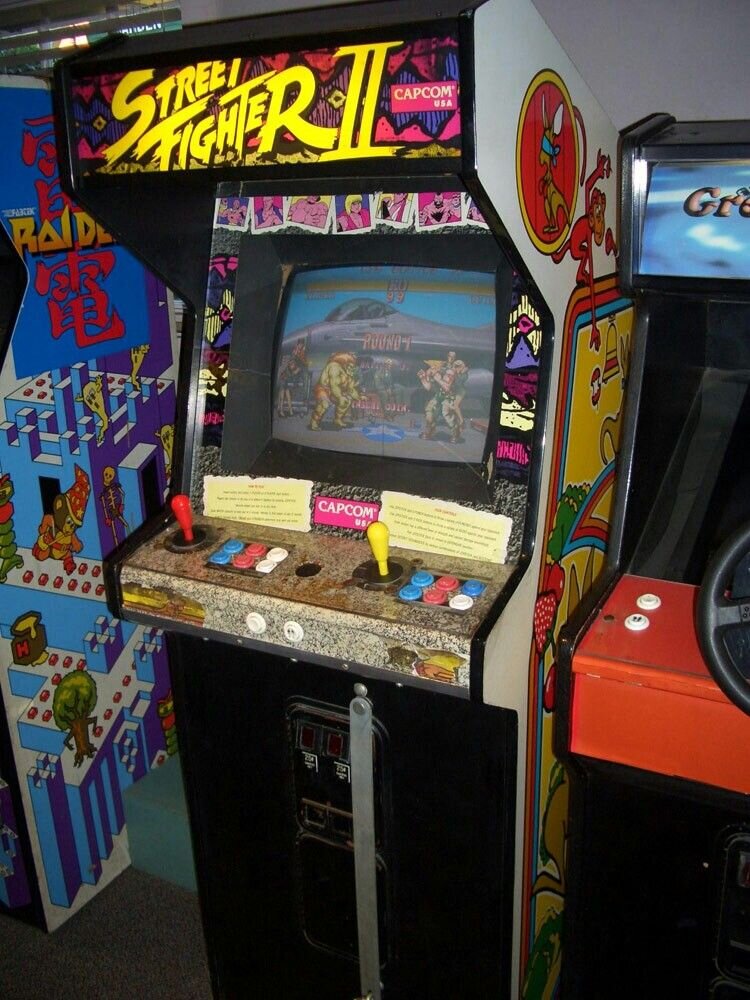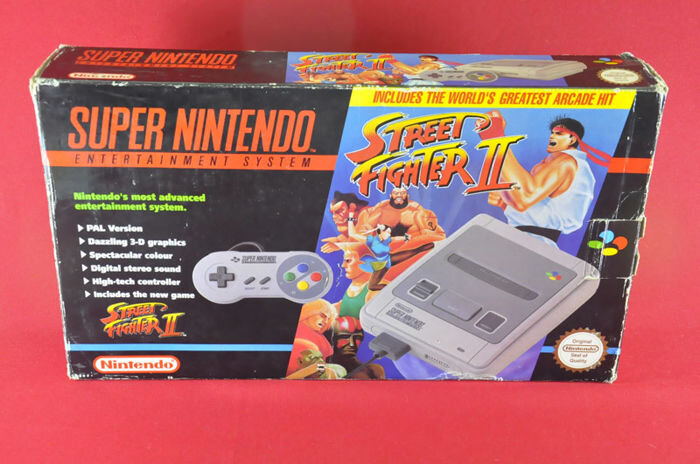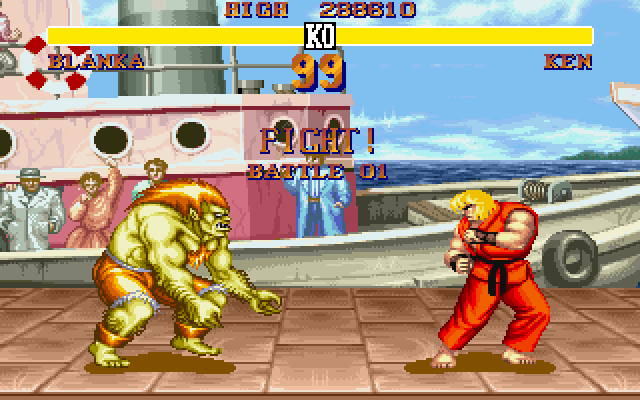Streetfighter 2: From the arcade to the bedroom and beyond
Street Fighter 2 and the growth of fighting games in esports
Streetfighter 2 - Long play - Ryu
The frantic clicking of the buttons. The furious rolling of arcade sticks. The bated breath of onlookers. This was the atmosphere you’d find yourself in from the moment you set foot in a ‘90s arcade.
Such a captivating setting could describe a lot of titles emblazoned above the flickering cabinets, but there was one that drew in the bigger crowds: Street Fighter 2.
This legendary game about a worldwide martial arts tournament featuring stereotypical characters was so popular, you knew about it even if you lived under a rock. While for many, Street Fighter 2 was the title that defined a whole game genre, its influence on gaming history is far grander.
The Capcom-developed and published title opened up a world of possibilities for competitive play at an international scale and gaming as a way to make a living.
And it all began with one paradigm-shifting release: Street Fighter 2 on Super Nintendo, which at the time would go on to become Capcom’s best-selling game ever.
Street Fighter 2 - A Brief History
Many know Street Fighter 2 as the title that started a gaming revolution, but far fewer experienced its humble beginnings. Designed by Takashi Nishiyama and Hiroshi Matsumoto, the original Street Fighter made its arcade debut in 1987.
It was later released on a variety of devices, including PC and TurboGrafx-CD, under the title Fighting Street. Despite being a crude image of its more successful younger sibling, Street Fighter brought a lot to the beat-’em-up genre. The familiar 6-button layout and special move motions were both first introduced in the original.
In the game, player 1 only had access to Ryu, who had 10 non-playable opponents to defeat, including his eternal rival Sagat. By joining in for some head-to-head battles, player 2 assumed the role of Ken. The iconic character selection didn’t come until 4 years later in 1991 when Street Fighter 2 made its arcade debut.
Such names as Blanka, M Bison, Guile, and Chung-Li will bring back memories for many of our readers who had a SNES in the 90s, and many of these characters endure in the Street Fighter Universe to this day.
A young boy’s dream in the 1990s - Streetfighter 2 at the arcade!
The Humble Competitive Beginnings of Street Fighter 2
It didn’t take the release of Street Fighter 2 on Super Nintendo to plant the seed of fighting game esports.
Arcades were always breeding grounds for competition. Either by way of flashy public leaderboards or through small tournaments, the dimly lit halls of arcades were a place where gamers could make names for themselves among their peers.
Tournaments were an open affair at local arcades. It didn’t matter how old you were, your social status or where you came from. If you could plonk down a coin and move an arcade stick, you were in.
And the competition was fierce. In time, local legends arose from these humble ranks of starry-eyed players. Being good at Street Fighter 2 carried a special weight to it. The meaning behind taking a local arcade event was that you put in the work, the hours and the discipline to develop your skill at the game. But it didn’t all stop at the arcade doors.
Street Fighter 2 on the Super Nintendo paved the way for tournaments to extend past it. Almost immediately after its release, game stores and other establishments were running their little events; each one an opportunity for players to write their legend.
Even local tournaments and gatherings hosted by players at home in their rooms and basements became highly popular. This was the cornerstone that led to the fighting game competitive community we know today.
The Holy Grail! Streetfighter 2 on the SNES - which you can still buy!
It’s at this juncture that another aspect of competitive fighting games came to the forefront: arcade sticks.
As Street Fighter 2 was a game developed for the arcade cabinet first, the majority of players developed and honed their skills on their levers and buttons.
With the advent of the console port, some tech-savvy players went to work to figure out how to bring that experience to the living room. From some clever use of Super Nintendo pad internals and arcade parts housed in special enclosures, the home arcade stick was born, and a golden age of home gaming began.
From The Ashes To The Big Time, aka The Internet
Street Fighter 2 on the Super Nintendo was the beginning, but it was also a part of a period in which competitive fighting games were brought to an abrupt halt. Known by the fighting game community as the Dark Ages, there was an era when the development of Capcom fighting games seemingly just stopped.
After the release of Street Fighter III 3rd Strike, it wouldn’t be until 2008 that Street Fighter 4 would step in to bring the series back to its former glory.
Streetfighter 2 - Blanka Vs Ken
There are a lot of parallels that can be drawn between the launch of Street Fighter 2 and the sequel that rekindled the fighting game flame.
For one, arcades, which were facing their own crisis sparked by the home console market chipping away at their business, started seeing crowds return for more digital fisticuffs. It was also one of the first fighting game titles to release on consoles with a robust (at the time) online experience.
In the same way that Street Fighter 2 on Super Nintendo expanded the reach of competitive fighting games to the living room and beyond, so did SF4 awaken the fighting spirit of competition in a new generation of hungry players.
Street Fighter 2 planted the esports seed in the arcades, but it was its Super Nintendo and home console release that took it to new heights. The arcade was the competitive haven, and the living room was its call.
For more on esports and gaming, check out The Sporting Blog Podcast for some cool guests from the world of esports. Please subscrib,e and we promise you a good listen!




